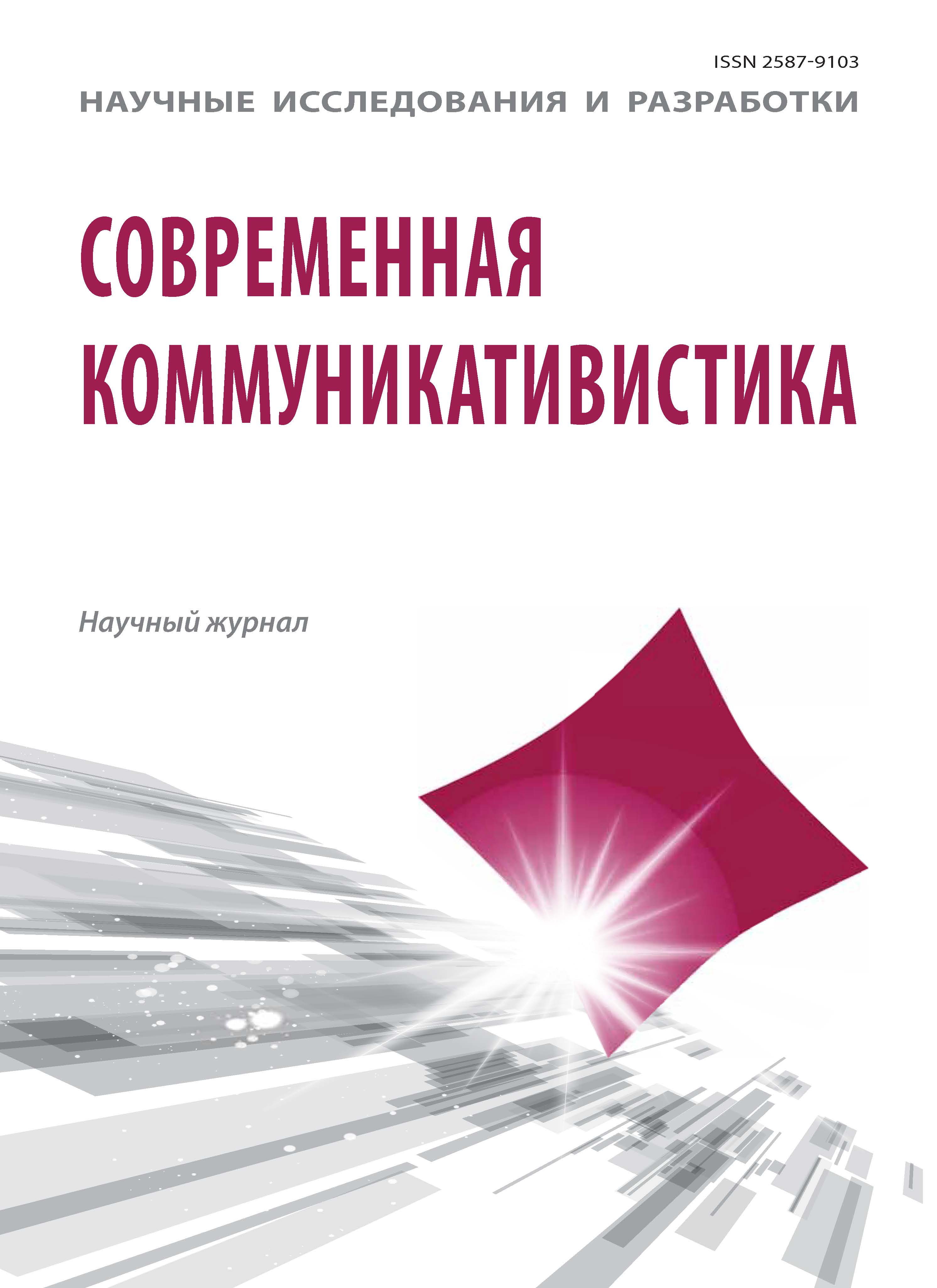Ryazan', Orel, Russian Federation
The paper presents fiction as a multi-layer unit. On the one hand, there is fictional reality in which characters live and act. On the other hand, there is a specific form of presentation of the plot to the reader, fiction narrative metadiscourse. The paper shows that metadiscourse unites the plot and the author’s metadiscourse into fiction text. Metadiscourse is presented as a two-layer structure, which consists of the inner conceptual layer and the outer layer, which includes the system of language means the choice of which is made on the basis of conceptual frame models. The paper describes frame models of metadiscourse forming the inner structure of the text. They are: the frame model of space and time, the frame model of generalization and the frame model of communicative interaction between the writer and the reader.
metadiscourse, phrame model, fictional reality, fictional time, generalization, dialogue of the author with the reader.
1. Belyaevskaya E.G. O fokusirovke konceptual'nyh metafor [Tekst] / E.G. Belyaevskaya // Kognitivnye issledovaniya yazyka. - 2012. - № 12. - S. 292-303.
2. Belyaevskaya E.G. Freymy «deystviya» i «deyatel'nosti» kak osnovanie klassifikacii leksicheskih edinic [Tekst] / E.G. Belyaevskaya // Vestnik Moskovskogo gosudarstvennogo lingvisticheskogo universiteta. Gumanitarnye nauki. - 2013. - № 680. - S. 18-28.
3. Belyaevskaya E.G. «Zvukovye» freymy i analiz narrativnogo diskursa [Tekst] / E.G. Belyaevskaya // Vestnik Moskovskogo gosudarstvennogo lingvisticheskogo universiteta. Gumanitarnye nauki. - 2014. - № 703. - S. 15-23.
4. Belyaevskaya E.G. Tipologiya freymov v konstruirovanii yazykovoy sistemy i diskursa [Tekst] / E.G. Belyaevskaya // Kognitivnye issledovaniya yazyka. - 2018. - № 34. - S. 346-349.
5. Manerko L.A. Tipy znaniy, opredelyayuschie drevneangliyskuyu kategoriyu prostranstva [Tekst] / L.A. Manerko // Kognitivnye issledovaniya yazyka. - 2008. - № 3. - S. 210-223.
6. Manerko L.A. Tipy znaniy, voploschennye v hudozhestvennom i akademicheskom diskursah [Tekst] / L.A. Manerko // Vestnik Moskovskogo gosudarstvennogo lingvisticheskogo universiteta. Gumanitarnye nauki. - 2012. - № 636. - S. 56-70.
7. Fedotova O.S. Strategiya generalizacii i ee realizaciya v metadiskurse (na materiale angloyazychnogo hudozhestvennogo narrativa) [Tekst] / O.S. Fedotova // Nauchnye issledovaniya i razrabotki. Sovremennaya kommunikativistika. - 2018. - T. 7. - № 4. - S. 46-50.
8. Bradbury R. Dandelion Wine. M.: Ayris-press, 2005. 320 s.
9. Bronte Ch. Shirley. London: Penguin Popular Classics, 1994. 666 p.
10. Brown D. The Lost Symbol. London: Bantam Press, 2009. 509 p.
11. Collins S. The Hunger Games (Book 1). N.Y.: Scholastic Press, 2008. 374 p.
12. Cruise J. Bet Me. New York: St Martin’s Press, 2004. 270 p.
13. Dijk T.A. van, W. Kintsch. Strategies of Discourse Comprehension. Chap. 1: Toward a model of strategic discourse processing; Chap. 10: The Cognitive Model. New York etc.: Academic Press, 1983, p. 1-19, 333-404.
14. Fielding H. The History of Tom Jones A Foundling. London: Wordsworth Classics, 1999. 734 p.
15. Fillmore Ch.J. Frames and the semantics of understanding. “Quaderni di semantica”. Vol. VI, no. 2, December 1985, p. 222-254.
16. Fitzgerald F.S. The Great Gatsby. London: Wordsworth Classics, 1993. 115 p.
17. Fludernik M. The Fictions of Language and the Language of Fiction: The Linguistic Representation of Speech and Consciousness. London: Routledge, 1993.
18. Fludernik M. Metanarrative and Metafictional Commentary. Poetica 35 (2003). P. 1-39.
19. Grisham J. The Client. New York: Island Books, 1993. 566 p.
20. Hemingway E. For Whom The Bell Tolls. Moscow: Progress Publishers, 1981. 560 p.
21. Herman D. Stories as a Tool for Thinking. Narrative Theory and the Cognitive Sciences / edited by David Herman. 2003. P. 163-195.
22. Jahn M. ‘Awake! Open your eyes!’ The cognitive Logic of External and Internal Stories // Narrative Theory and Cognitive Sciences. Edited by David Herman. CSLI Stanford, California, 2003. P. 195-214.
23. Jensen L. The Uninvited. London-Berlin-New York-Sidney: Bloomsbury Circus, 2012. 681 p.
24. Melville H. Moby Dick. London: Penguin Popular Classics, 1994. 536 p.
25. Nünning A. Mimesis des Erzählens: Prolegomena zu einer Wirkungsästhetik, Typologie und Funktionsgeschichte des Akts des Erzählens und der Metanarration, in: Jörg Helbig (ed.), Erzählen und Erzähltheorie im 20 Jahrhundert. Festschrift für Wilhelm Füger, Heidelberg 2001. P. 13-48.
26. Palahniuk Ch. Fight Club. New York: Vintage, 1997. 208 p.
27. Palmer A. The Mind Beyond the Skin. Narrative Theory and the Cognitive Sciences. Edited by David Herman. CSLI Stanford, California, 2003. P. 322 - 349.
28. Ryan M.-L. Cognitive Maps and the Construction of Narrative Space // Narrative Theory and Cognitive Sciences. Edited by David Herman. CSLI Stanford, California, 2003. P. 214-243.
29. Thackeray W.M. Vanity Fair. London: Wordsworth Classics, 2001. 694 p.
30. Turner M. Double-scope stories // Narrative Theory and Cognitive Sciences. Edited by David Herman. CSLI Stanford, California, 2003. P. 117-143.
31. Zoran G. Towards a Theory of Space in Narrative. Poetics Today 5.2, 1984. P. 309-336.







